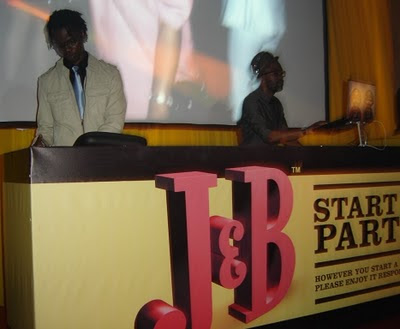Sexual Exclusivity among Dating, Cohabiting, and Married Women, Renata Forste and Koray Tanfer, Journal of Marriage and Family, Vol. 58, No. 1 (Feb., 1996), pp. 33-47 was a study of 1,235 women, aged between 20-37, drawn from the 1991 National Survey of Women.
The study aimed to look at infidelity patterns across married, cohabiting and dating groups, with controls for education, age, race, religious value in both the woman and her partner (race of the male was excluded) as well as relationship homogeneity and whether infidelity occurred before or after commencing marriage.
10% of the women of the sample group had a "secondary" concurrent sexual partner. The breakdown was as follows:
Married: 4% had a secondary sexual partner.
Cohabiting: 20% had a secondary sexual partner.
Dating: 18% had a secondary sexual partner.
When analysed across all three groups, the statistically significant--(p<.o5)--findings of this study were as follows: Mainline religion roughly halved the odds. Length of marriage increased the odds. Being married to a 3+ year older man increased the odds. Being in an educationally hypogamous relationship increased the odds. A woman with 1-3 partners was roughly four times(p<.o1), and a woman with 4 or more partners 8.5 times(p<.001), more likely to have a secondary sex partner than a woman with no other previous sexual partners.
From Forste and Tanfer;
Neither the respondents' nor the partners' education alone had an independent effect on sexual monogamy for married women. Statistical significance for respondents' and partners' education among married women was reached only when the educational homogamy measure was added tothe model. Educational heterogamy, however, had a very dramatic effect on sexual monogamy among married women. When married women were more educated than their husbands, they were significantly more likely to have secondary sex partners than women married to similarly educated men. However, if the husband had more education than the wife, the effect was reversed the woman was significantly less likely to have a secondary sex partner than if her education level was similar to her husband's.
After controlling for relationship type, race and ethnicity effects on commitment emerged. Minority race or ethnicity increased the likelihood of having secondary sex partners among dating women and particularly among married women, but race and ethnicity had no effect for cohabiting women. Having previous sex partners also increased the likelihood that dating and married women would have secondary sex partners. In particular, married women with 4 or more previous partners were 20 times more likely to have secondary sex partners than married women with no previous sex partners. The number of previous sex partners had no effect on sexual monogamy among cohabiting women.
Now, I have some reservations with regard to Forste and Tanfer's findings with regard to the marriage findings. There were 603 married women in the study and of those, approximately 4% reported a secondary sex partner. Therefore the conclusions are based on the characteristics of roughly 24 women, a sample size that's pretty small and makes me wonder how much real life significance can be attached to the statistics. The dating group had an 18% secondary sex partner rate in a sample size of 451, i.e approx 81 people, its findings are probably more applicable in the real world.
With that reservation, the table presented below presents a fascinating picture. ( This is an amended table from Forste and Tanfer. Click on image to enlarge)

(Negative odds mean less likely to have secondary partners)1) The -483 Odds ratio seems difficult to comprehend when it was based on the findings of 24 women. It probably represents the fact that there were no college-degree educated women amongst the married with secondary sexual partners and statistical "magic" conjured the number.
2) The effect of education seems variable. On one hand, it increases the risk of infidelity in dating relationships and yet decreases it in marriage. Women in educationally hypogamous marriages seem to be more prone to infidelity, whilst those in hypergamous relationships seem less likely to seek other partners. It would appear that education is not per se intrinsically protective of infidelity, rather, its protective and corrosive effect seems contextual.
3) Once again, even when controlled for relationship type, increasing numbers of prior sexual partners increase the risk of infidelity.
Forste and Tanfer also looked at the factors which contributed to infidelity both before and after marriage. Once again, this is an amended extract of their report.

Consistently, increasing sexual partner count is associated with a statistically significant increase in odds of infidelity. Even if we exclude the marriage cohort, the promiscuity-infidelity correlation is highly significant.





















































